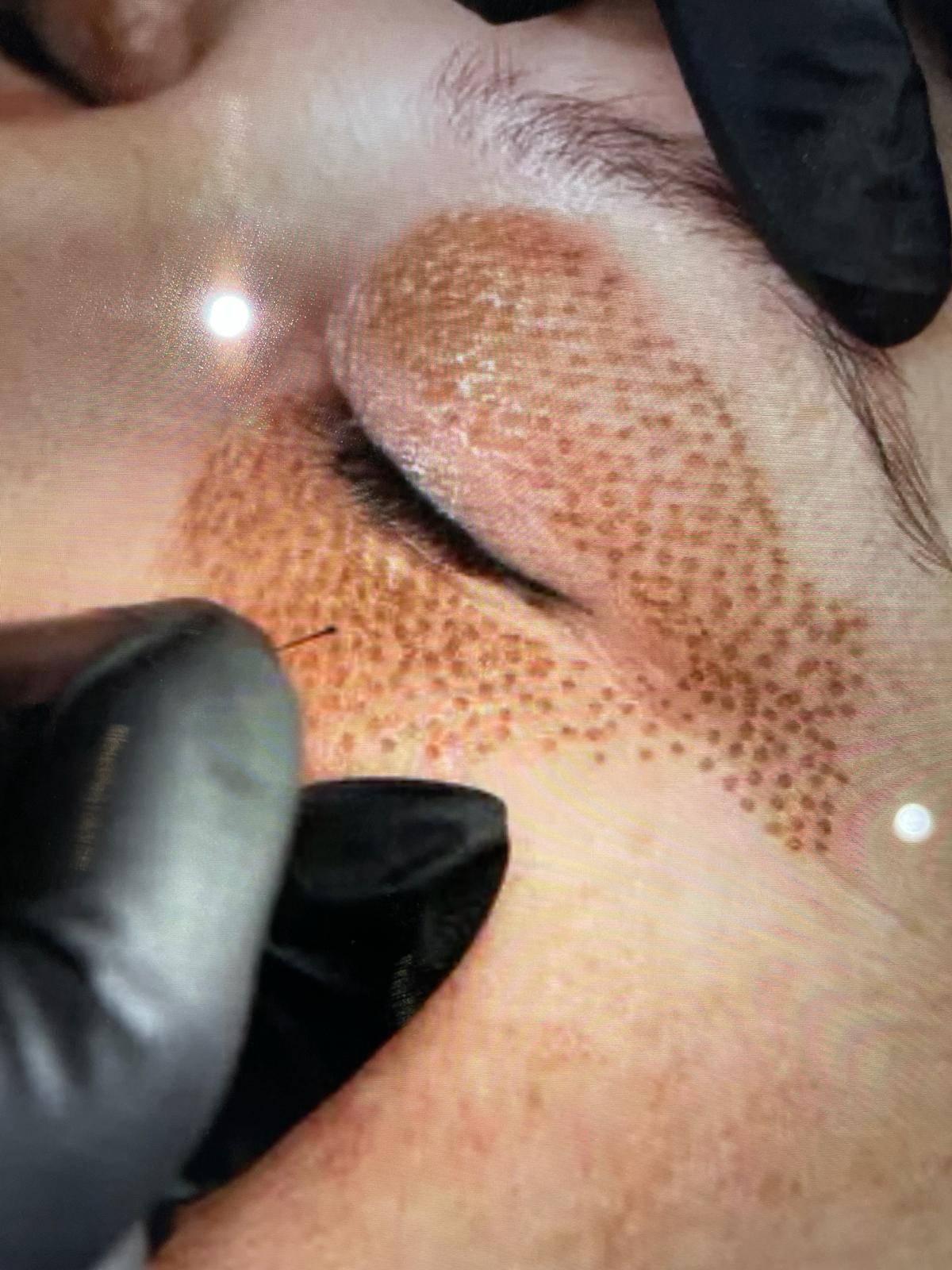Chemical peels have long been a staple in dermatology and aesthetic medicine. These treatments harness the power of various chemical agents to rejuvenate the skin, offering a range of benefits from anti-aging to acne control. Understanding the science behind chemical peels can help individuals appreciate their transformative effects.
How Chemical Peels Work
Chemical peels involve applying a chemical solution to the skin, which induces controlled exfoliation. This process removes dead skin cells and stimulates the regeneration of new cells. The depth of exfoliation depends on the type and strength of the chemical used.
Types of Chemicals Used in Peels
- Alpha Hydroxy Acids (AHAs): AHAs, such as glycolic acid and lactic acid, are water-soluble acids derived from fruits and milk. They are commonly used in superficial peels to improve skin texture and tone by gently exfoliating the outermost layer.
- Beta Hydroxy Acids (BHAs): Salicylic acid is the most well-known BHA. It is oil-soluble, making it particularly effective for treating acne and oily skin by penetrating and exfoliating inside the pores.
- Trichloroacetic Acid (TCA): Used in medium peels, TCA penetrates deeper into the skin to address more pronounced wrinkles, pigmentation issues, and sun damage.
- Phenol: This is the strongest peeling agent, used in deep peels to treat severe wrinkles and extensive sun damage. Due to its potency, phenol peels require more extended recovery times and careful post-treatment care.
The Skin’s Response to Chemical Peels
When a chemical peel is applied, the skin undergoes several stages of healing:
- Immediate Reaction: Patients often experience tingling, redness, and sensitivity immediately after the peel. This indicates the chemical solution is working.
- Peeling and Exfoliation: Depending on the peel’s depth, the skin begins to peel within a few days. Superficial peels result in light flaking, while medium and deep peels cause more significant peeling and crusting.
- Healing and Regeneration: As the old skin peels away, new skin cells form. This fresh layer is smoother, more even in tone, and often more vibrant. Collagen production is also stimulated, enhancing skin elasticity and firmness.
- Post-Peel Care: Proper aftercare, including hydration, sun protection, and avoiding harsh products, is crucial to ensure optimal healing and results.
Benefits of Chemical Peels
Chemical peels offer a multitude of benefits:
- Improved Texture and Tone: Peels smoothen rough skin and enhance overall skin appearance.
- Anti-Aging Effects: By promoting collagen production, peels reduce the appearance of fine lines and wrinkles.
- Acne Treatment: Peels can clear acne and prevent future breakouts by unclogging pores and reducing inflammation.
- Pigmentation Correction: They help fade dark spots and even out skin tone, addressing issues like melasma and hyperpigmentation.
- Enhanced Product Absorption: The new skin is more receptive to skincare products, maximizing their efficacy.
Joanne Jackson Beauty & Aesthetics
For those considering chemical peels, Joanne Jackson Beauty & Aesthetics offers customised treatments designed to meet individual skin needs. The clinic’s expertise ensures safe and effective results, helping clients achieve their skincare goals based in the Torbay region, Joanne and the team cover Torquay, Paignton, Brixham and all neighboring towns and villages.

